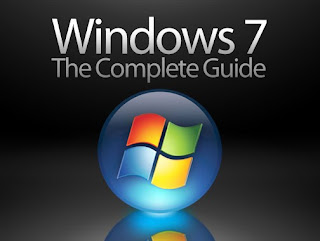 Image via Wikipedia
Image via WikipediaBecause passwords are fraud-sensitive, it is a requirement for some end-users to provide extremely complex passwords. In other instances, end users with different roles within the organization may not be required to utilize complex passwords. It's also possible that an audit rule dictates the specific password requirements, which cannot be met within the standard Windows complexity rules.
Most organizations want to be able to set various security levels for different users. However, the standard Password Policies for Domain User Accounts are extremely limited and do not always fulfill the needs.
The key features of PCM are:
* Complexity at domain level: With PCM you can implement multiple Password Policies at various levels, namely each domain and Organizational Unit (OU).
* Interface for setting complexity rules: PCM offers a number of predefined rules and allows system administrators to determine which rules will be applied and when.
* Immediate feedback: A modified GINA client is supplied within PCM that indicates when a password is changed whether the new password complies with the PCM or the configured AD rules. On entry of the password, the PCM-GINA indicates with a check mark as each rule is met. This gives the end-user immediate feedback about whether or not the new password complies with complexity rules and allows them to modify the password in real time.
* Integration of Password Management Solutions: PCM can be integrated seamlessly with other Password Management solutions from Tools4ever, such as Self Service Reset Password Management (SSRPM). With SSRPM end-users themselves can reset their passwords based on a number of simple, predefined questions. When organizations deploy SSRPM in combination with PCM, end-users setting a new password are notified of the defined complexity rules in the same screen and the check marks are also visible.
Read about windows password recovery software
Source: http://www.prweb.com
![Reblog this post [with Zemanta]](http://img.zemanta.com/reblog_e.png?x-id=6ce090fb-612c-461c-9a13-f60864c356a9)

![Reblog this post [with Zemanta]](http://img.zemanta.com/reblog_e.png?x-id=77304d3d-54a7-4e7c-bc69-72501329b321)
![Reblog this post [with Zemanta]](http://img.zemanta.com/reblog_e.png?x-id=d1d55dc6-d43f-4e7f-a0e6-98c1c4e2f2db)

![Reblog this post [with Zemanta]](http://img.zemanta.com/reblog_e.png?x-id=4359c35f-4bc4-4e82-a5f7-7d7caff8a22f)

![Reblog this post [with Zemanta]](http://img.zemanta.com/reblog_e.png?x-id=18dd97cb-17ec-479a-9b3d-7861271b6048)

![Reblog this post [with Zemanta]](http://img.zemanta.com/reblog_e.png?x-id=5094a99e-c579-4181-af54-238135b0ceb3)

![Reblog this post [with Zemanta]](http://img.zemanta.com/reblog_e.png?x-id=fa94734c-b7f4-4879-9624-0a5eedc42f48)






